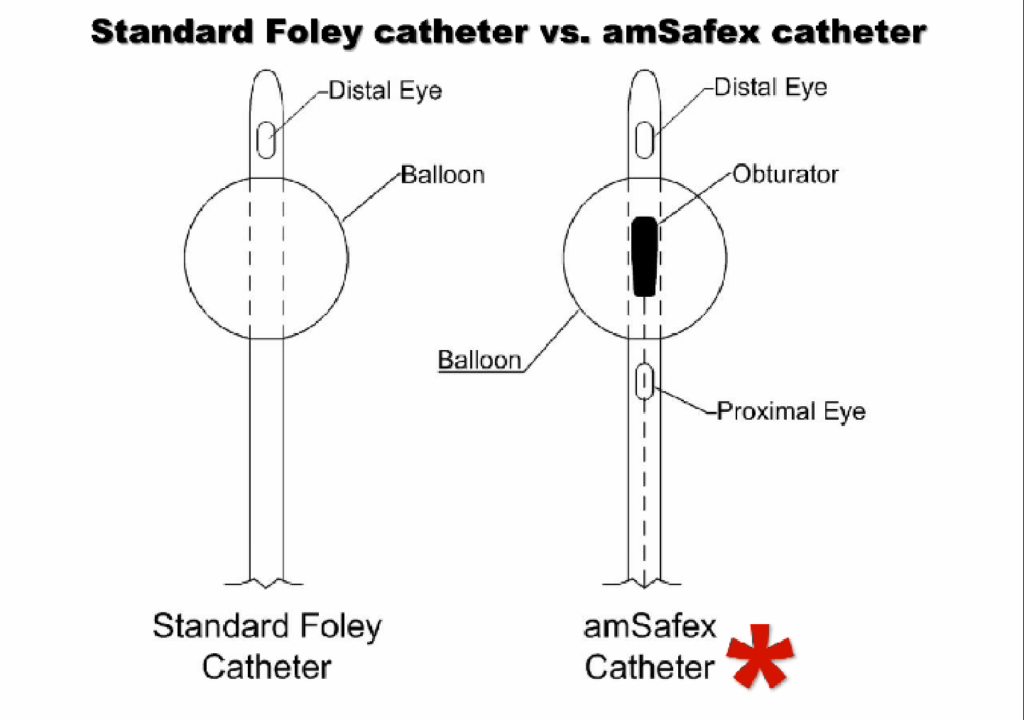In recent years, surgical innovation has evolved beyond just improving techniques and procedures—it now encompasses the development of cutting-edge medical devices that revolutionize patient care. Surgeons, with their unique understanding of anatomy, pathology, and clinical outcomes, are increasingly becoming key players in medical device innovation. Their intimate knowledge of the challenges and limitations of current technologies places them in an ideal position to create devices that not only improve surgical outcomes but also enhance patient safety and quality of life.
The Role of Surgeons in Medical Device Innovation
Surgeons have a deep, first-hand understanding of the intricacies involved in performing complex procedures. They are well aware of the limitations of existing tools and technologies, which can often result in suboptimal patient outcomes. Their clinical experience gives them a clear advantage in identifying unmet needs in surgical practice, making them ideal innovators in the medical device space.
A study published in The New England Journal of Medicine noted that surgeons are crucial contributors to innovation because they can translate unmet clinical needs into viable technological solutions. This is particularly important in fields such as minimally invasive surgery, robotic-assisted surgery, and advanced imaging technologies, where the demand for precision, efficiency, and safety is continuously growing.
Real-World Examples of Surgeon-Led Device Innovation
Historically, many break through medical devices have been conceived by surgeons who identified gaps in available tools. For example, the development of the laparoscopic surgical system, which has transformed minimally invasive surgery, was driven by surgeons seeking to reduce patient recovery times, minimize scarring, and improve surgical accuracy. Another notable example is the creation of the surgical stapler, a device now widely used in gastrointestinal, pulmonary, and other surgeries. Initially developed by a surgeon frustrated by the limitations of traditional suturing methods, the surgical stapler has significantly improved patient outcomes by reducing the risk of leaks and minimizing operating time.
Similarly, the advent of robotic-assisted surgery owes much to the input of surgeons who pushed for more precise, less invasive techniques. These innovations would not have been possible without the direct involvement of clinicians who could guide the development process based on their hands-on experience in the operating room.
OVERCOMING CHALLENGES IN SURGICAL INNOVATION
While surgeons are well-positioned to lead medical device innovation, there are several challenges that must be overcome. One of the primary barriers is the lack of formal training in engineering and design, which can hinder the process of translating clinical ideas into practical products. To bridge this gap, interdisciplinary collaboration with engineers, designers, and business professionals is essential. Many institutions have begun to offer programs that bring together surgeons and engineers to foster collaborative innovation.
Another challenge is the regulatory landscape. Medical devices must undergo rigorous testing and approval processes before they can be used in clinical settings. Surgeons who are unfamiliar with regulatory requirements may find it difficult to navigate this complex process. However, partnering with industry professionals who specialize in regulatory affairs can alleviate these challenges, ensuring that surgeon-led innovations meet the necessary safety and efficacy standards.
The Need for Surgeons to Engage in Device Development
As surgical techniques continue to advance, the demand for new and innovative tools will only increase. Surgeons, with their clinical expertise and deep understanding of patient needs, are in a prime position to drive this innovation. A report in JAMA Surgery emphasized the need for surgeons to engage more actively in medical device development, noting that their direct involvement in the design process leads to devices that are more practical, effective, and suited to real-world clinical use .
Furthermore, surgeon-driven innovation can help address specific challenges faced in low-resource settings. In these areas, cost-effective, durable, and easy-to-use devices are critical. Surgeons who practice in these environments are best positioned to design devices that can meet these unique needs.Through surgeon-led innovation, the next generation of medical devices will be more efficient, effective, and accessible—ultimately leading to better surgical outcomes and improved patient care worldwide.

